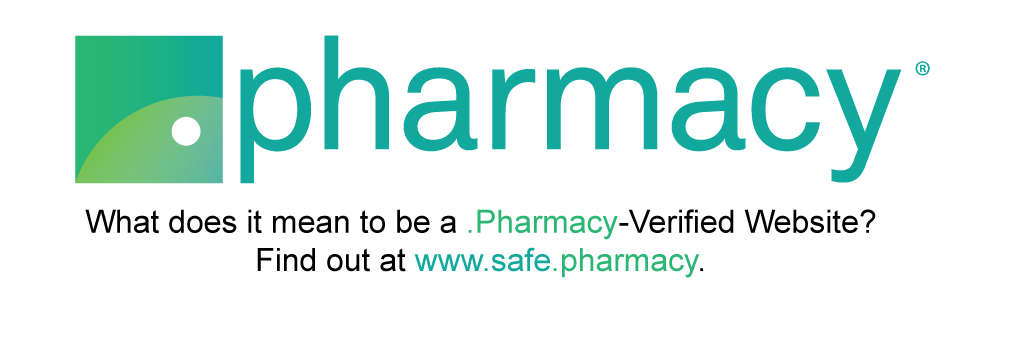The More Medications, The Merrier?
Have you ever heard of the term “polypharmacy” before? When you break that word down you get “poly”, which means multiple, and “pharmacy”, which means medications. Polypharmacy is defined as the use of multiple drugs, or more than are medically necessary.1 Depending on who you’re talking to will determine where their cut off is for ‘multiple drugs’, with some thinking as few as three is considered polypharmacy, while others say you need as many as five.
An example of using more drugs than are medically necessary would be having two blood pressure medications when your blood pressure has been running low. There are a lot of concerns about polypharmacy, especially in the elderly population.

Visit wellrx.com to save on all of your prescription medications!
Polypharmacy in the Elderly
A study published in 2004 wanted to find out how prevalent polypharmacy was in the nursing home setting. With over 13,000 patients in the study, they found that approximately 40% of them were taking 9 or more medications.2 While 9 medications may seem absurd, as this study shows it’s not that unheard of.
As you can well imagine, taking multiple medications can lead to a variety of potential concerns. First off, the more medications you take means the more money it will cost to pay for those medications. Added hospital or clinic visits to manage those medications also contribute to the rise in costs. Another major concern is that of drug side effects, commonly referred to as Adverse Drug Events (ADEs).
Some patients report a side effect to one medication which then gets an entirely new medication to replace it. This can lead to a cycle of adding new medications which leads to polypharmacy. The more medications you must take also makes it harder to remember when to take them. Some patients struggle to take only one or two medications every day, so having upwards of nine becomes a very daunting task. Despite all these risks, there is still one concern that is at the forefront of any pharmacist’s mind: drug interactions.
The Major Risk of Drug Interactions in Polypharmacy
Drug-drug interactions, or DDIs, happen when one medication interferes with the way another medication works in your body. If you are taking nine medications at the same time, there is a much greater risk that at least two of those drugs will interact with one another. These interactions can range from the benign to the severe, sometimes increasing the effect of one drug or preventing it from doing its job.
Here is a list of some (but not all) of the most common drug interactions:
- Warfarin: If you take warfarin to help thin your blood to prevent a stroke or DVT, you should know that warfarin has numerous DDIs. Ibuprofen or Aleve should be avoided when taking warfarin, and many antibiotics can also affect the level of warfarin in your body.
- Grapefruit: You may have heard about some drugs interacting with grapefruit (including juice), but what drugs and why? Grapefruit can block an enzyme in your body that many drugs use as their metabolizing agent. When this happens, the amount of drug rises in your body to sometimes dangerous levels. If you’re taking any of these drugs then you should avoid eating grapefruit: some statin medications (like simvastatin and atorvastatin), nifedipine, cyclosporine, buspirone, amiodarone, and fexofenadine (generic Allegra).3
- Levothyroxine: When you take levothyroxine, you’re supposed to take it one hour before you eat breakfast in the morning. This is because levothyroxine interacts with almost every food you can think of. If you take the drug with breakfast, lunch, or dinner then it will not be able to absorb fully, and it won’t reach its desired effect.
There are several tools available to check for drug interactions. The free ScriptSave WellRx app has a feature that allows you to check the medications you are taking for any harmful interactions. The app also has a lot of other useful features. For example, you can set reminders for taking your medications in case you have a hard time keeping track of them all, or when to refill them. You can also look up information about your medications including what it should like and possible side effects. The app is available for both Apple and Android, and can also be used in Spanish! If you still have questions, you can call the Ask a Pharmacist line at 1-866-268-2611 to speak to a pharmacist directly.
References:
- Maher, Robert L, et al. “Clinical Consequences of Polypharmacy in Elderly.” Expert Opinion on Drug Safety, vol. 13, no. 1, 2013, pp. 57–65., doi:10.1517/14740338.2013.827660
- Dwyer, Lisa L., et al. “Polypharmacy in Nursing Home Residents in the United States: Results of the 2004 National Nursing Home Survey.” The American Journal of Geriatric Pharmacotherapy, vol. 8, no. 1, 8 Feb. 2010, pp. 63–72., doi:10.1016/j.amjopharm.2010.01.001.
- “Consumer Updates – Grapefruit Juice and Some Drugs Don’t Mix.” U S Food and Drug Administration Home Page, Office of the Commissioner, 18 July 2017, www.fda.gov/ForConsumers/ConsumerUpdates/ucm292276.htm.














 Store & manage your medication list
Store & manage your medication list Medication pricing updates
Medication pricing updates Pill & refill reminders
Pill & refill reminders Medication journal & mood log
Medication journal & mood log